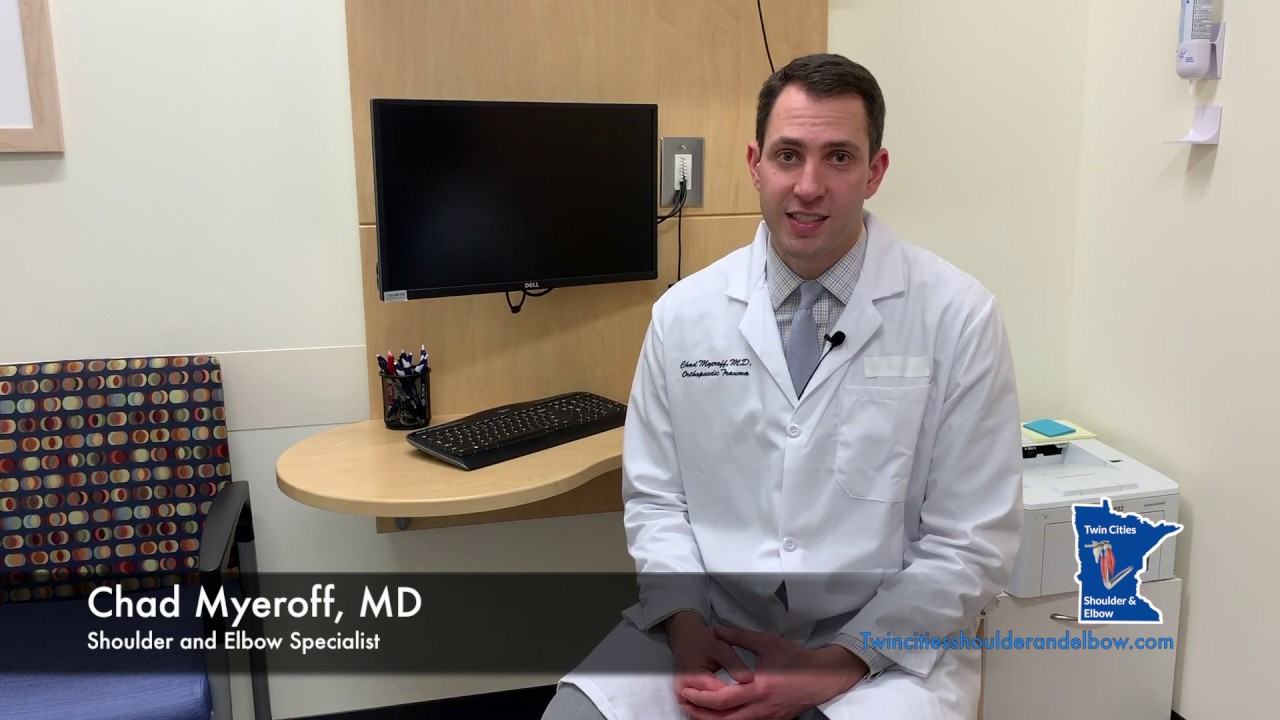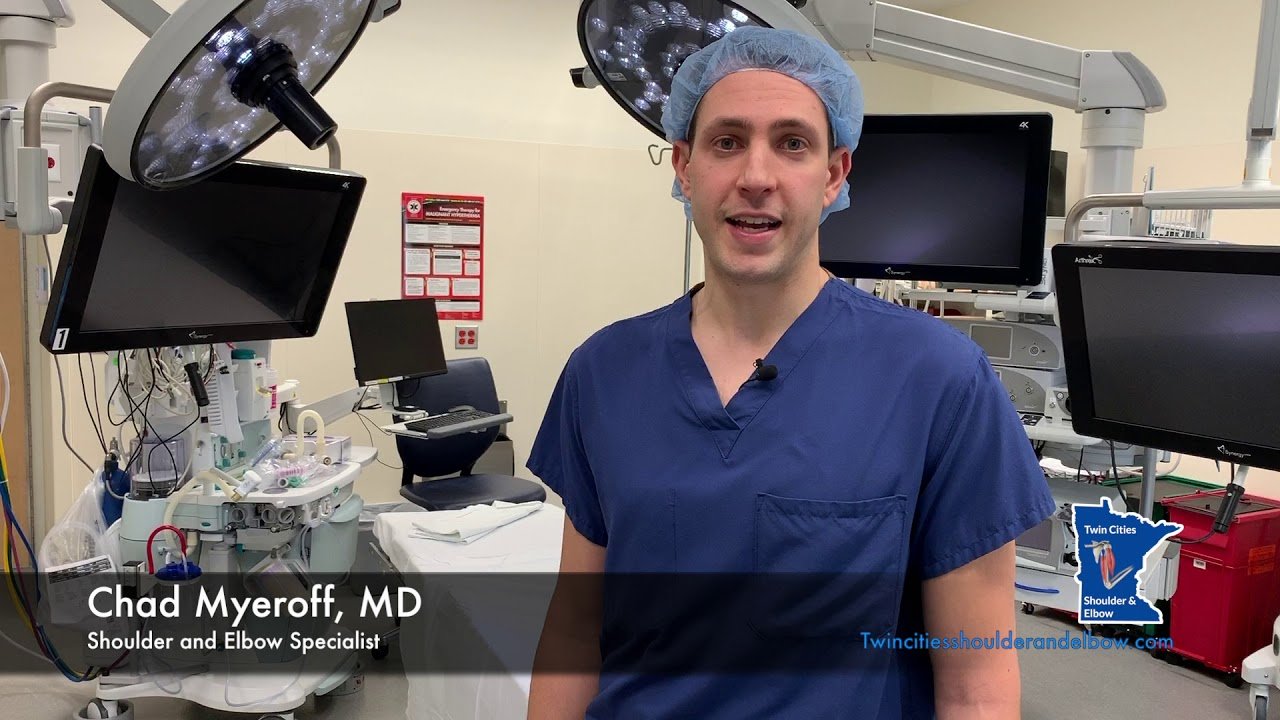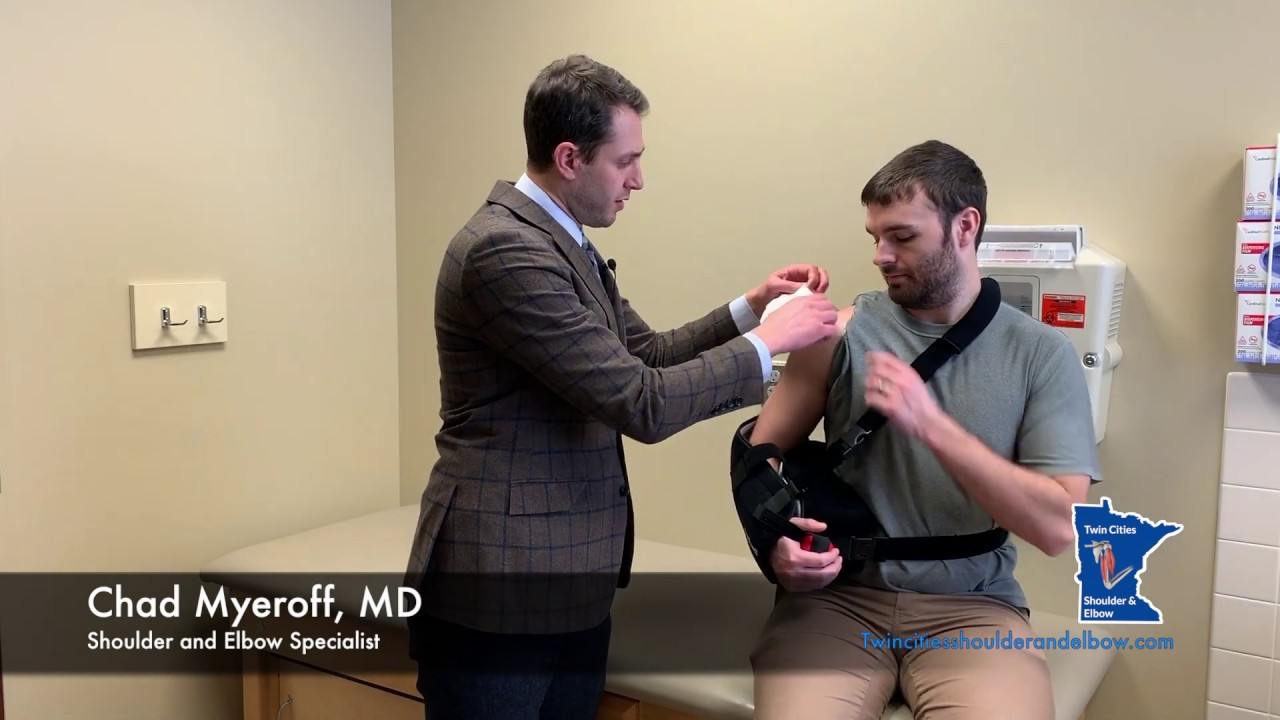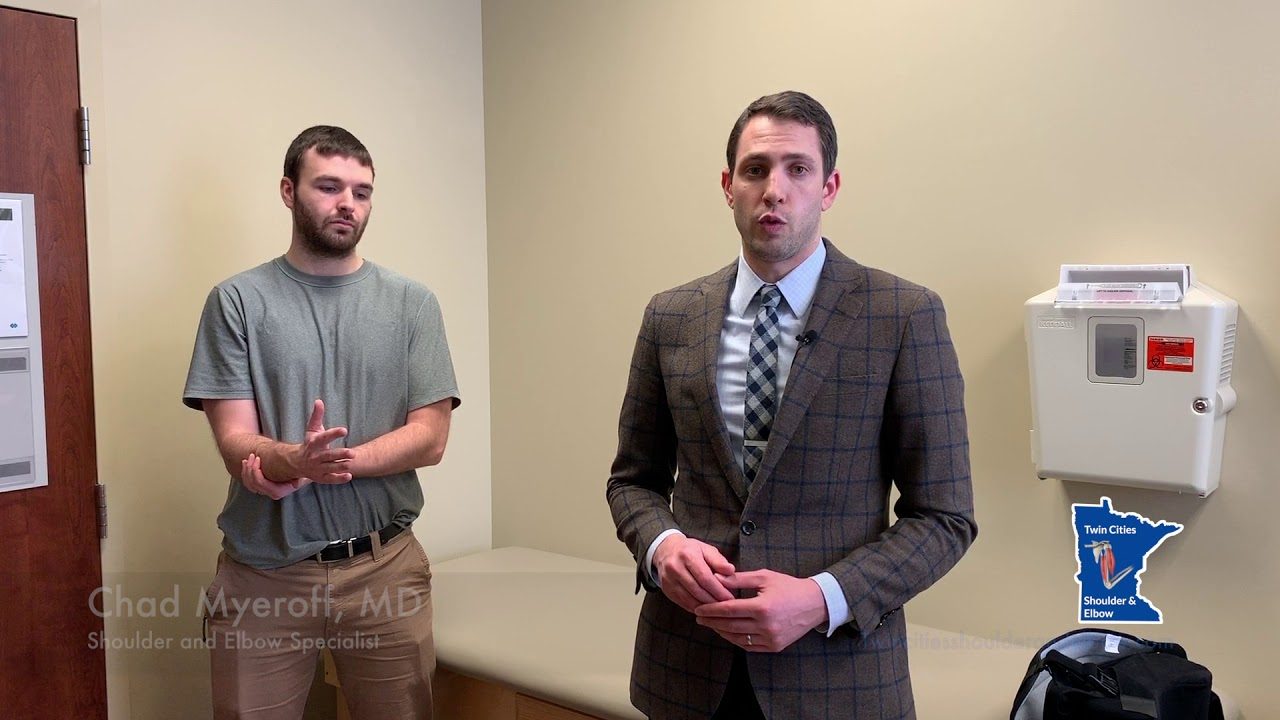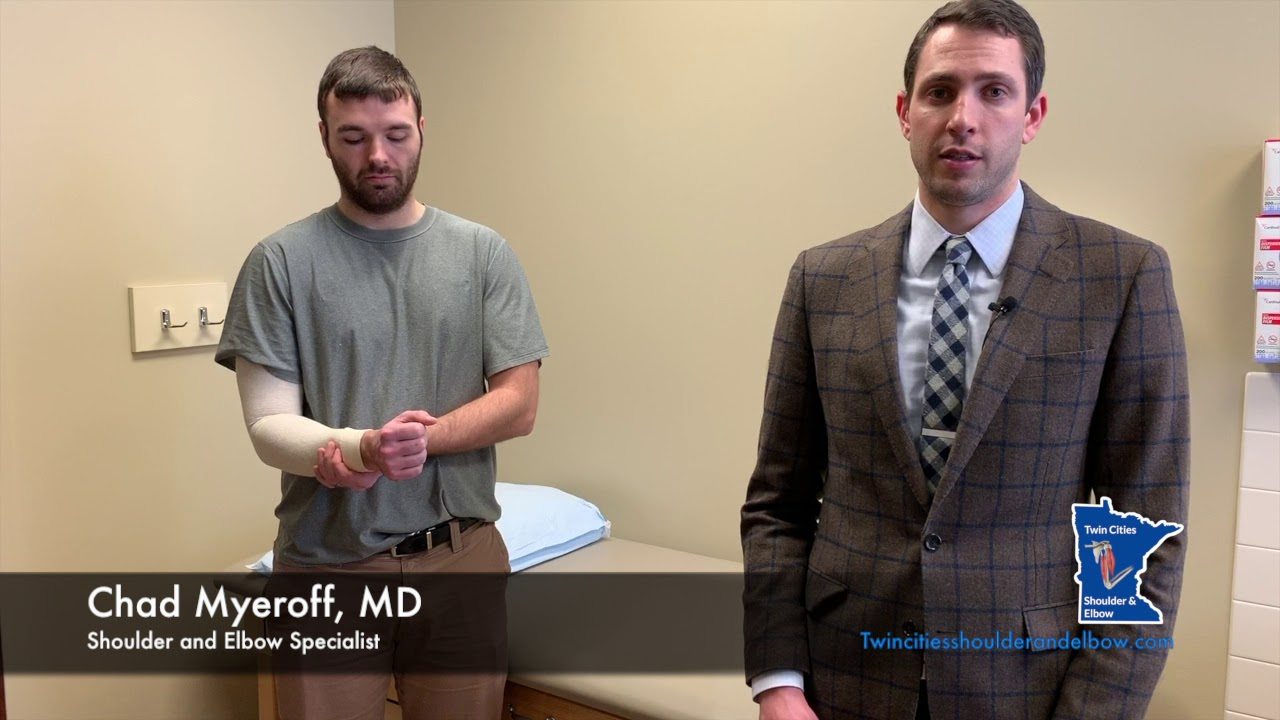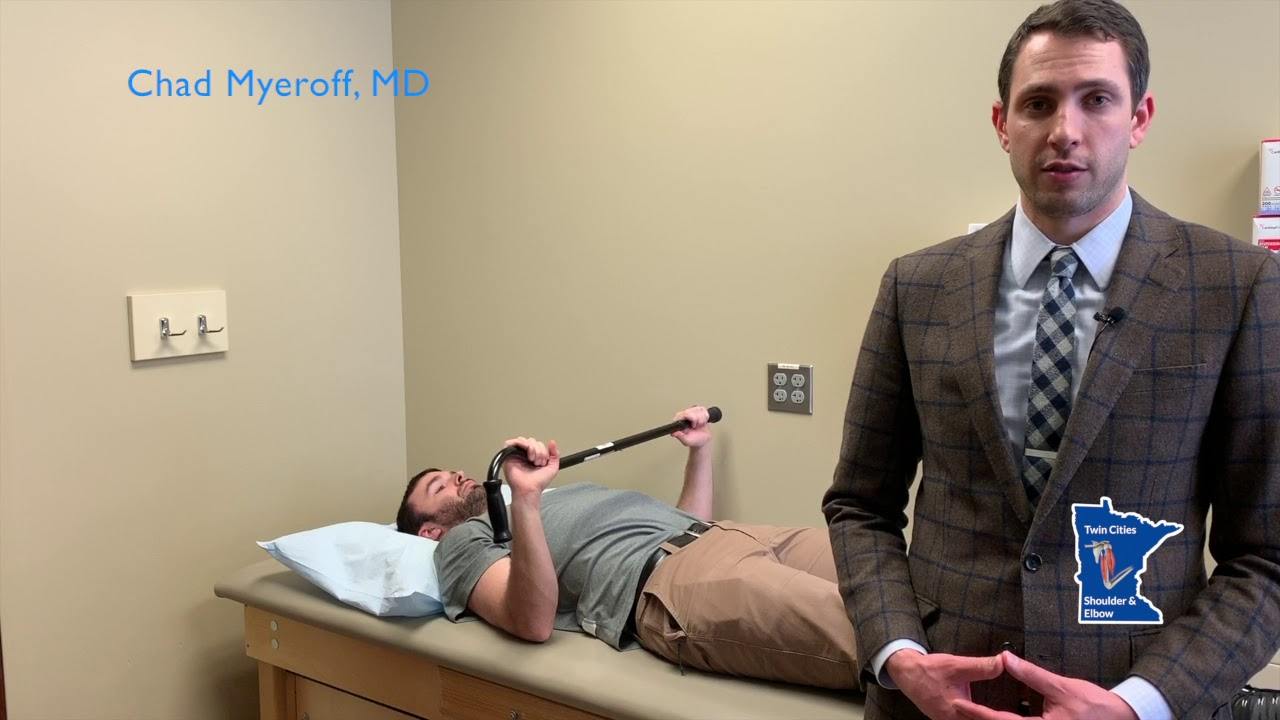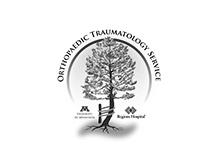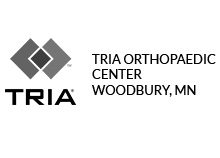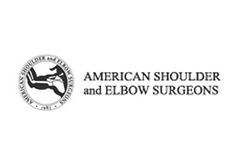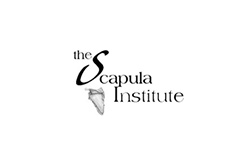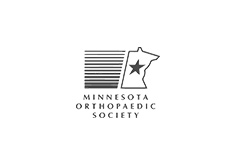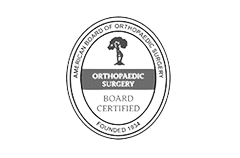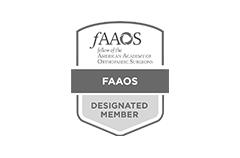Acromioclavicular Arthritis
- Diagnosis
- Non-operative Options
- Operative Options
- Before Your Surgery
- After Your Surgery
- Your Rehab
What is Acromioclavicular Arthritis?
Acromioclavicular (AC) joint arthritis is a condition that develops when the cartilage cushioning the AC joint in the shoulder begins to wear out.
The shoulder is a 'ball-and-socket' joint. A ‘ball' at the top of the upper arm bone, humerus, fits neatly into a 'socket’, the glenoid, which is part of the shoulder blade, scapula. The shoulder joint is made up of three bones, the collarbone (clavicle), scapula (shoulder bone), and humerus (arm bone). The AC joint is located where the clavicle meets the end of the shoulder blade, acromion.
The AC joint osteoarthritis occurs as a result of repeated movements of the arm and overhead activities. People who lift heavy weights overhead such as weightlifters and those involved in overhead sports such as basketball are at increased risk for developing osteoarthritis of the AC joint. Another common cause is a previous injury to the AC joint causing AC joint separation.
Symptoms of Acromioclavicular Arthritis
Osteoarthritis in the AC joint may cause pain and tenderness in front of the shoulder. Moving the affected arm across your chest may compress the AC joint and worsen the pain. Pain also radiates to the shoulder, front of the chest, and the neck. In patients who had previous shoulder injury, bumps appear around the AC joint. You can hear a snap or click when you move your affected shoulder.
Diagnosis of Acromioclavicular Arthritis
Diagnose of AC joint osteoarthritis will be made by collecting medical history and physical examination. During physical examination your doctor will look for tenderness over the AC joint and pain with compression of the AC joint. To confirm the diagnosis a local anesthetic may be injected into the joint to temporarily reduce the pain. X-rays of the AC joint are taken to reveal bone spurs around the joint and narrowing of the joint space.
Want to know more?
- Physical Therapy Intro
- Shoulder and Elbow Steroid Injection
Treatment for AC joint osteoarthritis includes both nonsurgical treatment and surgical treatment.
Non-surgical treatment includes rest, use of nonsteroidal anti-inflammatory medications, physical therapy, and injections of corticosteroids.
Want to know more?
Surgery may be indicated if nonsurgical treatments are not effective. Resection arthroplasty is the surgery of choice for AC joint osteoarthritis. The surgery can be performed in a minimally invasive manner using an arthroscope. Your doctor removes about half-inch of the clavicle bone at the end where it meets the scapula. As the process of healing, scar tissue will fill the space created by removal of a piece of clavicle bone. The scar tissue allows normal movement of the AC joint and avoids rubbing of bone ends.
Acromioclavicular Joint Reconstruction
Of late, research has been focused on improving surgical techniques used to reconstruct the severely separated AC joint. The novel reconstruction technique that has been designed to reconstruct the AC joint in an anatomic manner is known as anatomic reconstruction. Anatomic reconstruction of the AC joint ensures static and safe fixation and stable joint functions. Nevertheless, a functional reconstruction is attempted through reconstruction of the ligaments. This technique is done through an arthroscopically assisted procedure. A small open incision will be made to place the graft.
This surgery involves replacement of the torn CC ligaments by utilizing allograft tissue. The graft tissue is placed at the precise location where the ligaments have torn and fixed using bio-compatible screws. The new ligaments gradually heal and help restore the normal anatomy of the shoulder.
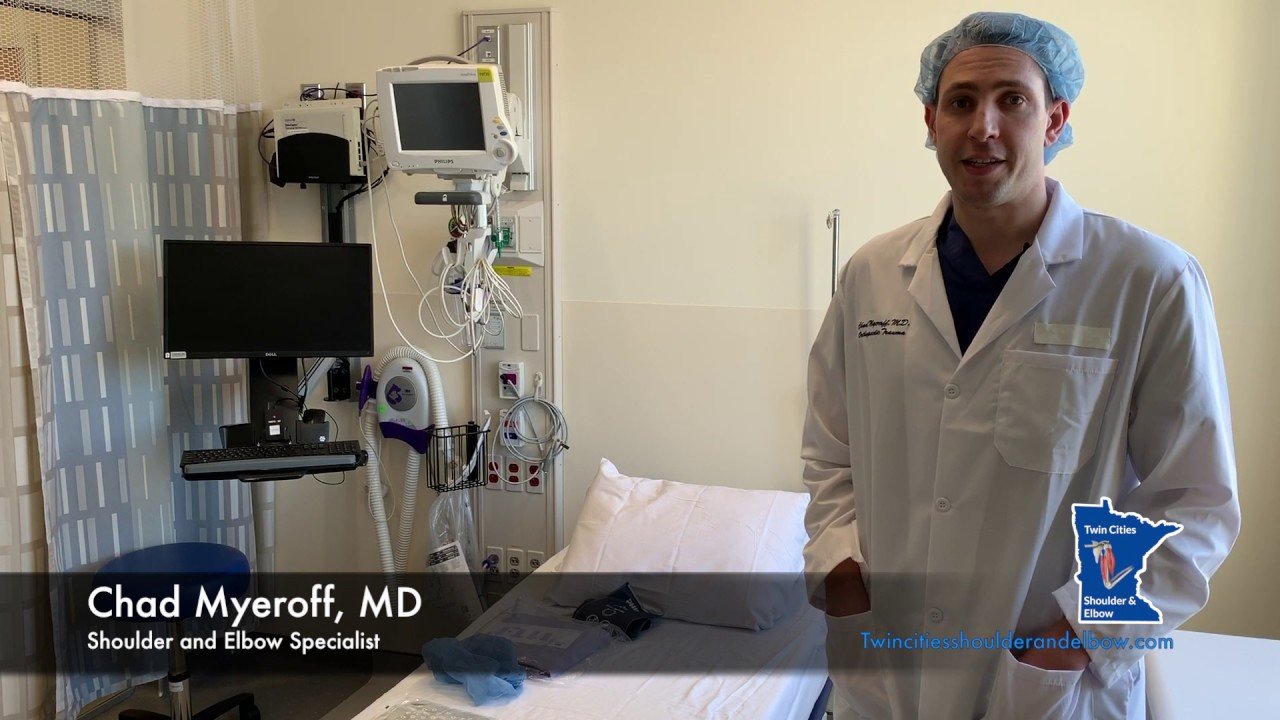
Once you and your doctor decide that surgery will help you, you will need to learn what to expect from the surgery and how to actively participate in the treatment plan for the best results afterward.
Preparing mentally and physically for surgery is an important step toward a successful result. Understanding the process, and your role in it, will help you recover more quickly and have fewer problems.
Before surgery, your doctor will perform a complete physical examination to make sure you don’t have any conditions that could interfere with the surgery or the outcomes.
- Routine tests, such as blood tests and X-rays may be performed.
- Discuss any medications you are taking with your doctor as you may have to stop or alter your intake before surgery. If you are taking aspirin or anti-inflammatory medications or any drugs that increase the risk of bleeding, you will need to stop taking them one week before surgery to minimize bleeding.
- Discuss with your doctor about preparing for potential blood replacement, medical interventions and other treatments prior to surgery.
- Report any infections to your surgeon. Surgery cannot be performed until all infections have cleared up.
- If you smoke, you should stop or cut down as smoking interferes with wound healing and can affect your recovery.
- Have someone available to take you home, as driving is not recommended for at least 24 hours or as advised.
- You may need help with everyday tasks such as cooking, shopping and laundry.
- Put items that you use often within easy reach, so you won’t have to stretch and bend as often.
- After Surgery Video
- Shoulder Surgery Recovery Video
Want to know more?
- Physical Therapy Intro Video
- Finger ROM Video
- Standard Elbow ROM Video
- Shoulder ROM Video



